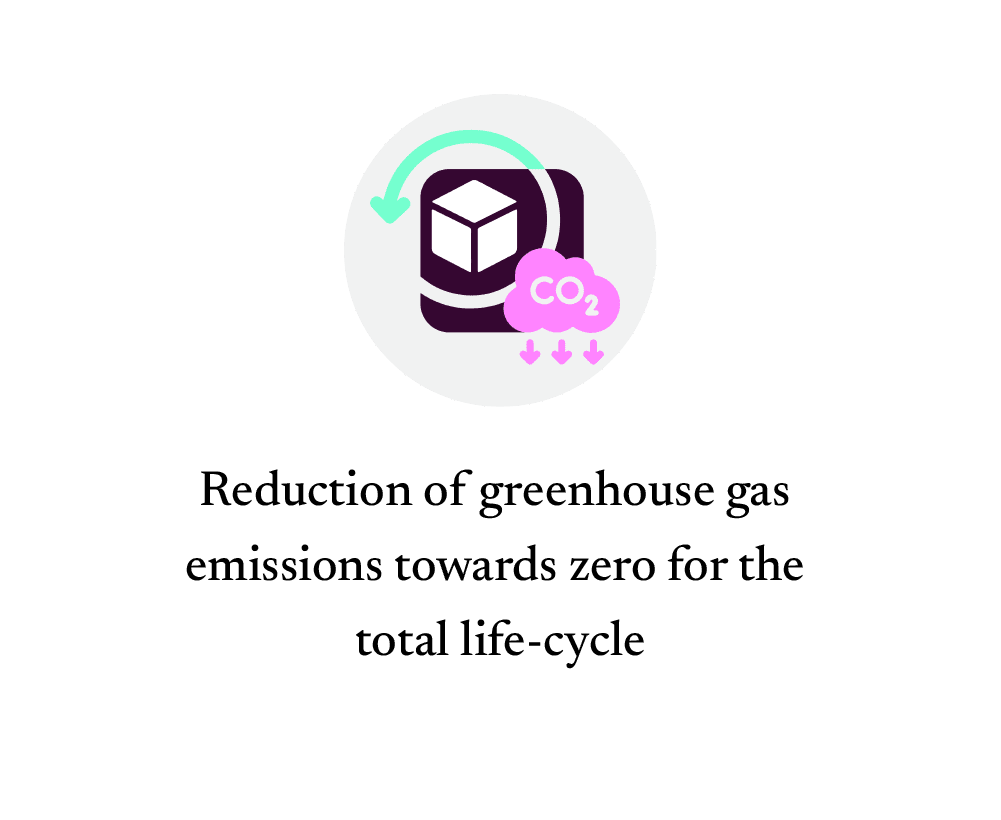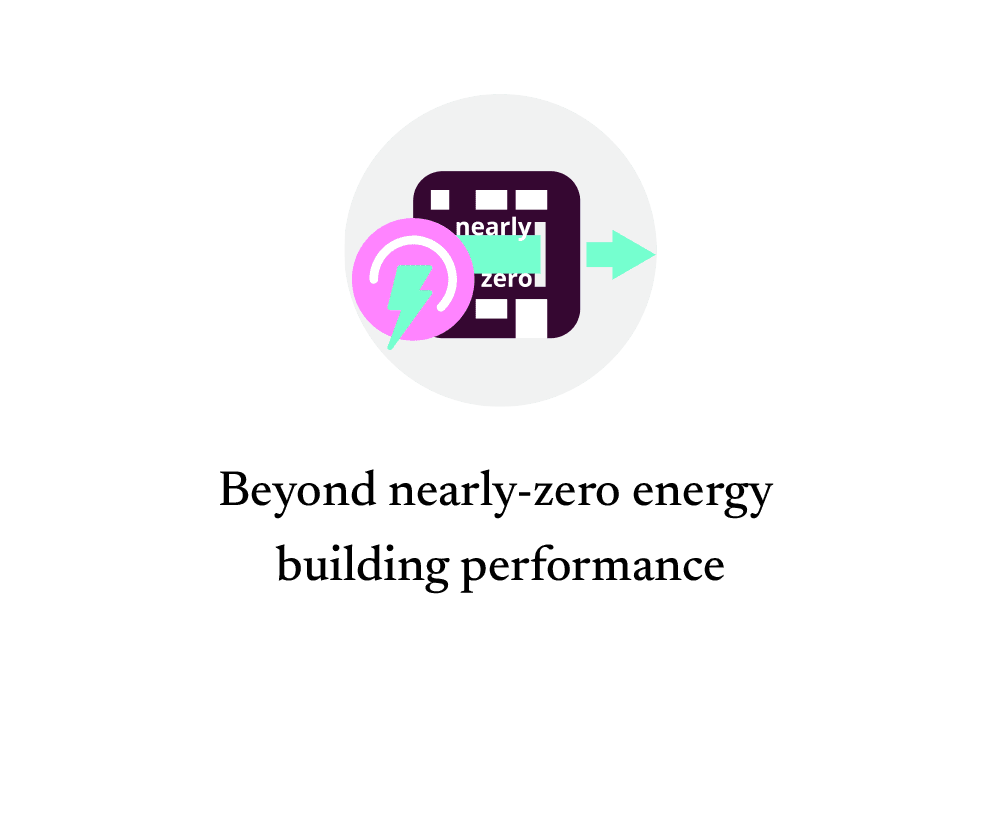The study, design, and testing of a system to retrofit and thermally activate an existing tunnel (in operation or abandoned) for an energy purpose not envisaged originally. The system includes a network of pipes capable of transporting a heat transfer fluid. A prototype of such a system is being investigated by means of preliminary numerical analyses with the final aim to install it in the Piedicastello tunnels within the Trento demo. The tunnels, today abandoned and devoted to an exhibition hall, will be turned into a heat exchanger with the ground and with the internal environment for road de-icing and/or heating and cooling purposes of an adjacent building to test the potential of the identified solution in a realistic operating environment.


















